Back in Japan – Sanma Gohan and Myoga Soup – A Taste of Early Autumn and Culinary Calm 秋のはじまり、サンマとみょうがで季節のごはん
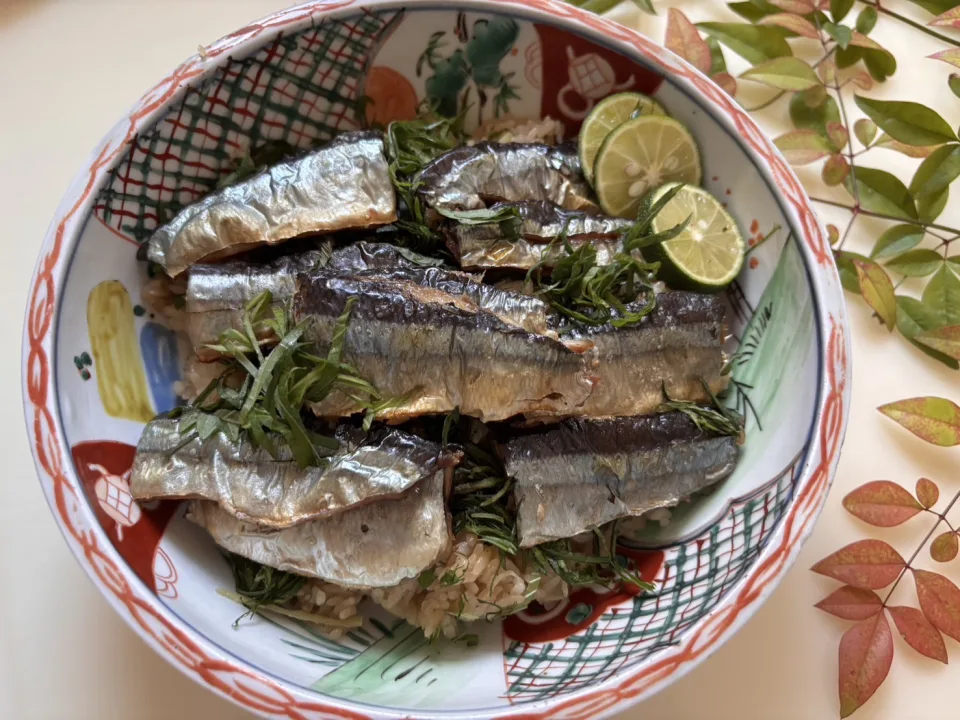
Between Seasons: Back in Japan
After months in the tropics, I’ve recently returned to Japan temporarily, and while the heat still lingers, the atmosphere has shifted in subtle but unmistakable ways. The sky feels a touch higher, and the light is gentler in the mornings. Crickets sing long into the evening, and the shadows stretch slightly longer across the tatami. It’s these quiet, nearly invisible changes that mark the transition into early autumn here—and they stir something deep within me.
For the first time in three years, I’m witnessing the beginning of Japanese autumn as it unfolds. Coming back from Singapore, where the seasons don’t change in the same way, these signs feel especially tender and poignant. They remind me of what I’d almost forgotten: that sensation of longing tied not to a person, but to a place and time that lives in your memory through taste, scent, and sound.
And with that comes a craving—for certain seasonal flavors I haven’t had in years. Top of the list: sanma, or Pacific saury. Its rich umami and characteristic aroma always evoke memories of home, of simpler meals eaten at the low table, of steaming rice and open windows. This week, I cooked Sanma Gohan (grilled sanma with seasoned rice) and Myoga Egg Soup, two humble dishes that perfectly capture the shift from summer’s brightness to autumn’s calm.
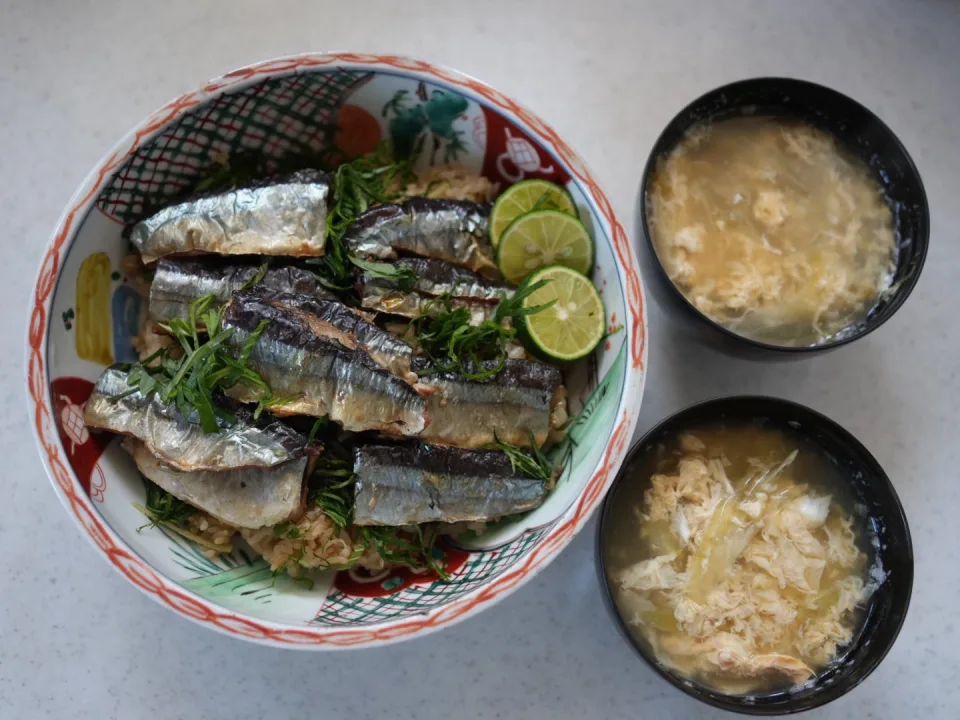
Grilled Sanma Rice (Sanma Gohan): Autumn on a Plate
Sanma, or Pacific saury, is the herald of Japanese autumn. Shiny, lean, and rich in umami, its seasonal arrival is practically a cultural event. You’ll see it grilled whole on streetside stalls, served with grated daikon and lemon – but sanma gohan, where it’s flaked over seasoned rice, is a deeply comforting variation.
What makes this dish shine is the layering of seasonal aromatics with the fish’s fatty intensity. The rice is cooked not just with water, but a fragrant blend of sake, mirin, light soy sauce, and finely shredded old ginger – a spice that leans earthy rather than zesty. As the rice cooks, it absorbs all these flavors, becoming savory and mellow.
After grilling the sanma with a dusting of salt until golden and blistered, it is filleted and gently laid atop the rice. Shiso leaves, finely chopped, are added just before serving – their minty, herbal bite acting as a cleansing note against the richness.
Quick Steps – Sanma Gohan
- Serve with grilled sanma fillets arranged on top. Garnish with more shiso or green onions if desired.
- Fillet and salt fresh sanma. Grill until golden and crisp.
- Wash rice and combine with sake, mirin, light soy sauce, and shredded old ginger. Cook as usual.
- Once cooked, fluff rice and gently mix in chopped shiso leaves.
The dish is deceptively simple, yet deeply tied to my memories of Japanese cooking.
Steps in photo
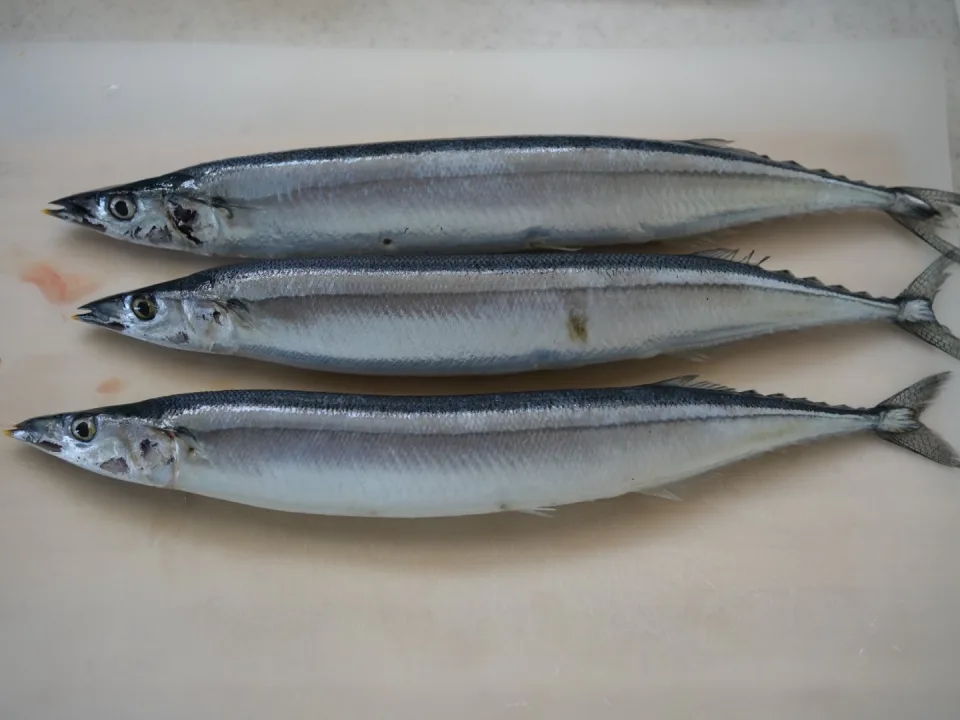
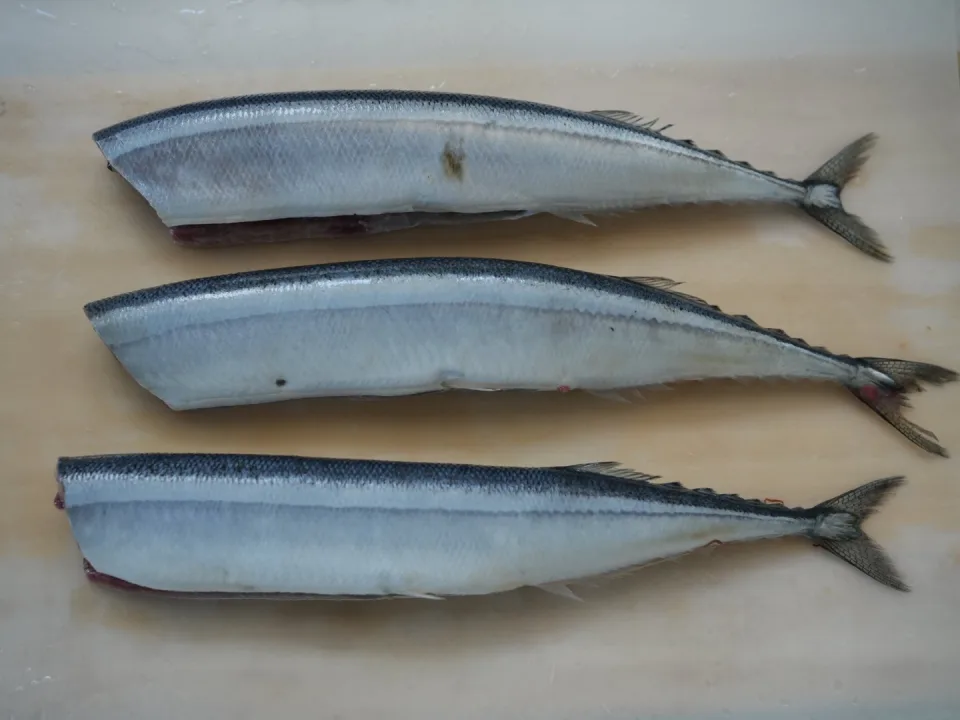
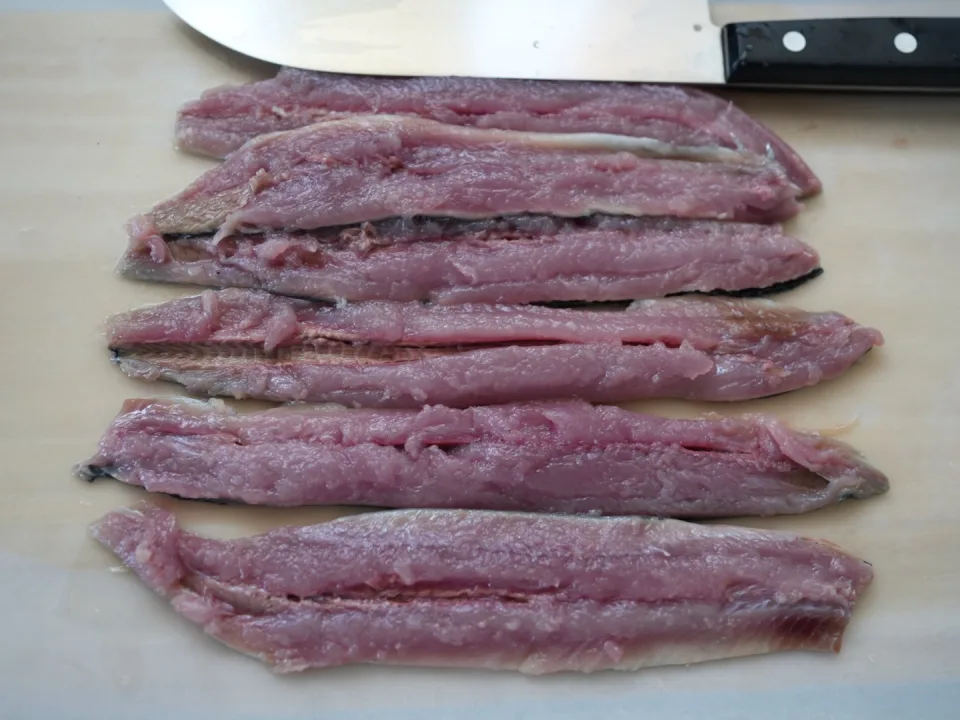
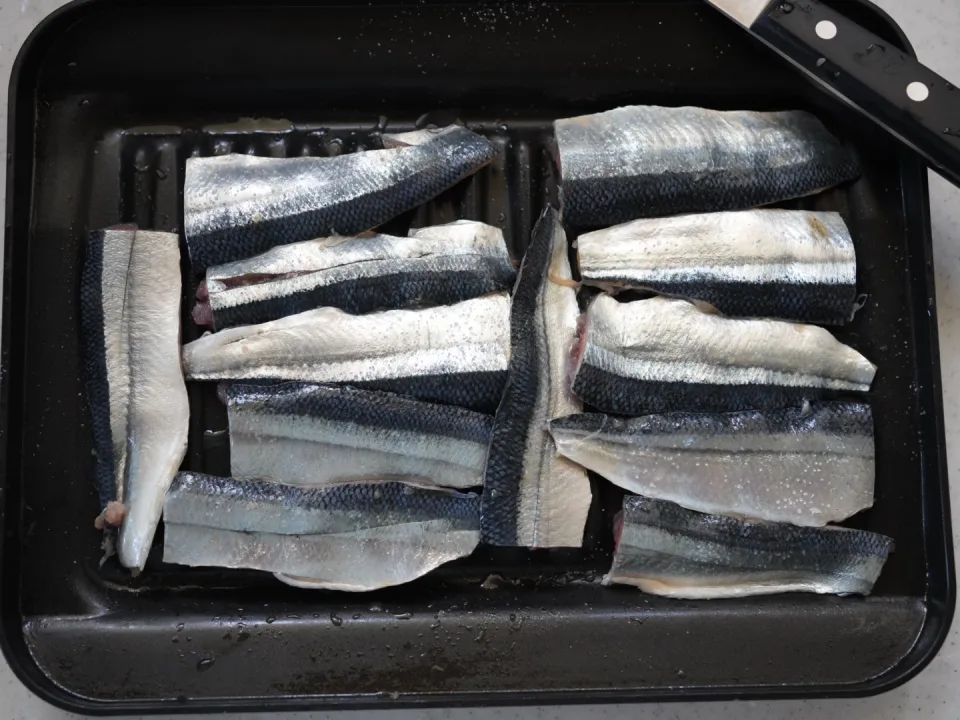
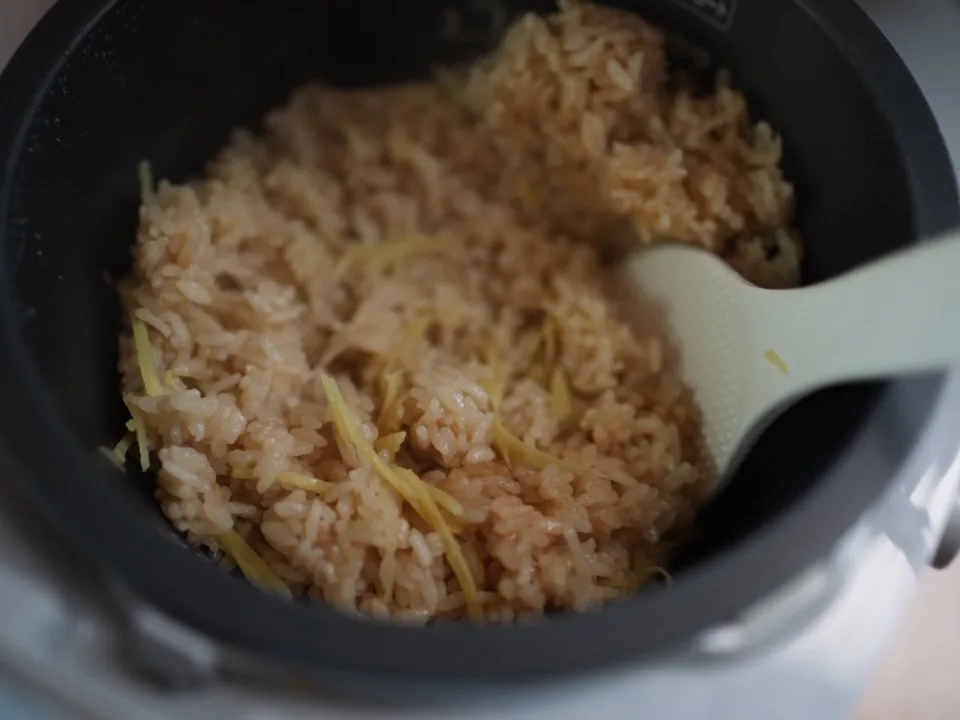
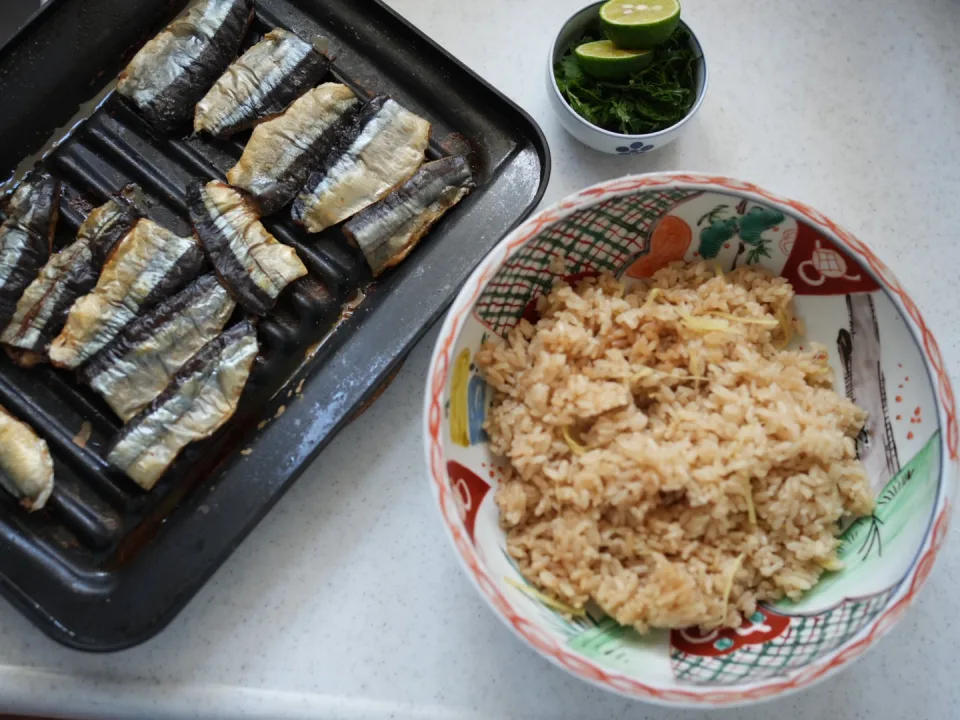
Myoga Egg Soup: A Taste of Calm
The soup, called Murakumo-jiru — literally “cluster of clouds” — is a poetic dish. The sight alone feels like autumn. Fluffy ribbons of beaten egg drift across the clear dashi, embracing slender strips of myoga buds.
Myoga, once a symbol of early autumn, lends a faintly floral sharpness that dances over the warmth of the dashi.
Quick Steps – Myoga Soup
- Make a light broth from freshly shaved bonito flakes and kombu.
- Add whisked egg gently, allowing it to bloom into soft clouds.
- Just before finishing, add thinly sliced myoga and a pinch of salt.
It’s a quiet soup. Not dramatic.
But the kind that, with one sip, reminds you where you are – and that the seasons are shifting, gently but certainly.
Steps in photo
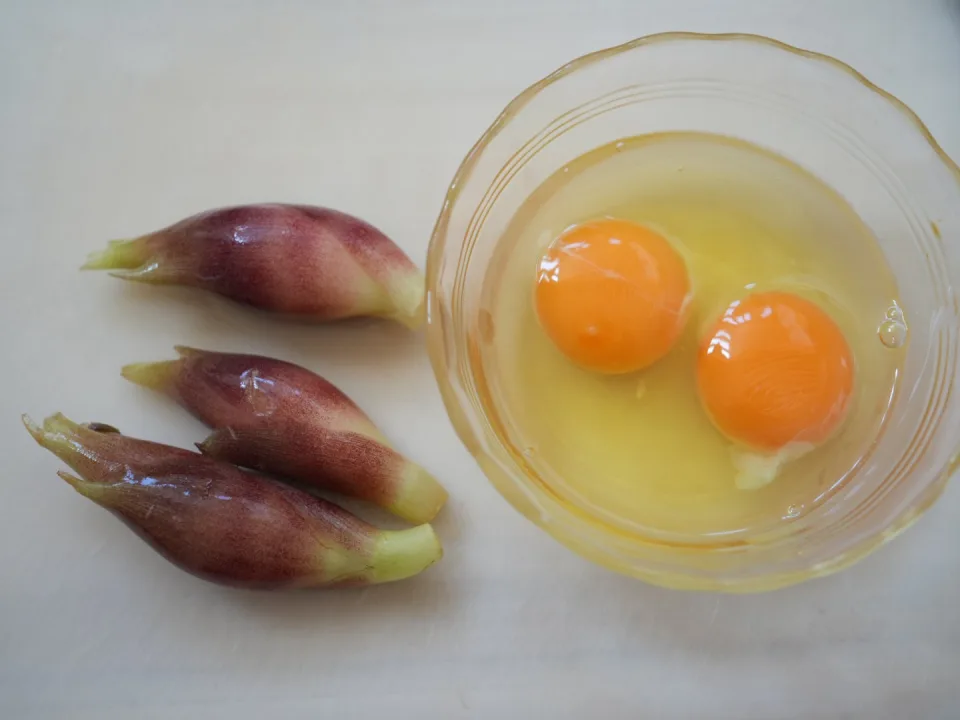
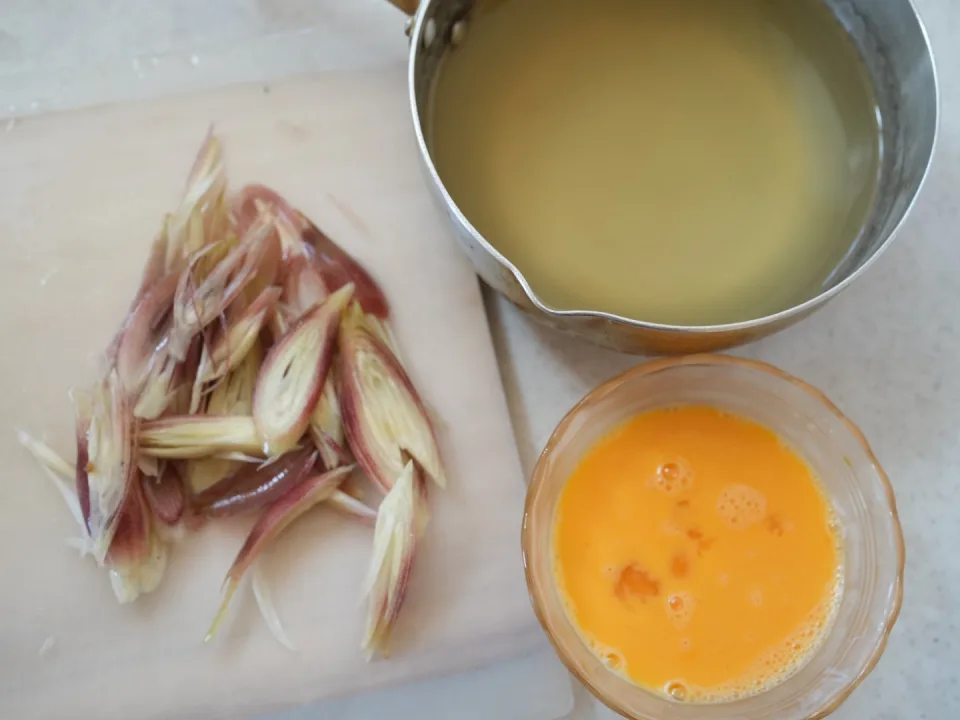
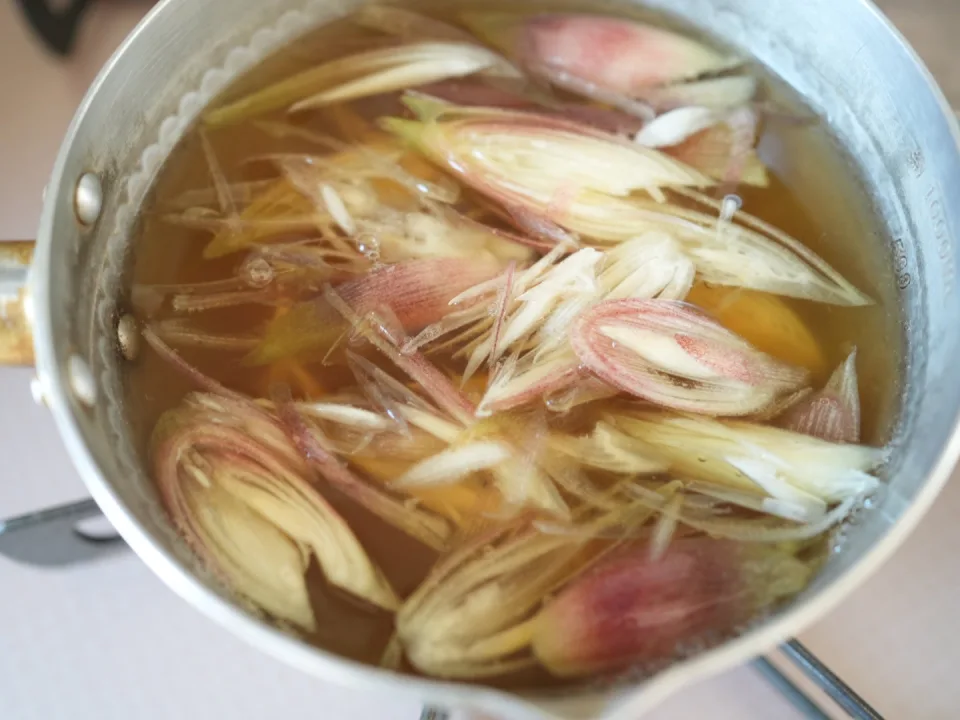
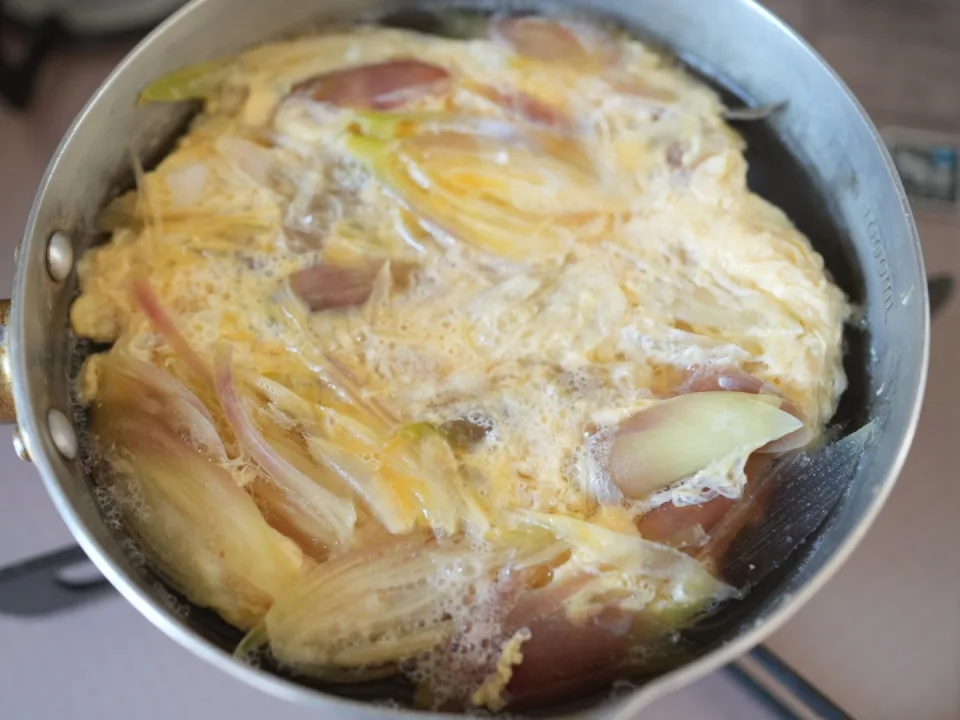

Reflections
The sanma’s richness, the ginger’s brightness, the myoga’s bittersweet aroma — together, they evoke the calmness of early autumn. These are flavors that soothe rather than excite, that invite reflection rather than indulgence.
After years of Singapore’s endless summer, it feels almost miraculous to eat something that tastes of transience — the kind of food that reminds you life moves in seasons, not in speed.
さんまとみょうがで、秋の気配を感じる食卓
久しぶりに日本に戻ってきました。母いわく「まだ全然暑い」とのことですが、南国から来た私には、光の角度、虫の音、風の匂いから確かに秋の訪れを感じています。
そんな「夏の終わりと秋のはじまり」が混ざる季節に、食べたくなったのが「さんまご飯」と「みょうがの吸い物」です。
さんまご飯
さんまは塩をふって、皮がパリッと焼き上がるまでグリルにかけます。ご飯は、酒・みりん・薄口しょうゆ・生姜を入れて炊き、炊き上がったら刻んだ大葉を混ぜます。焼いたさんまをのせて、最後にさらに大葉やねぎを散らして完成。脂ののったさんまと、香味野菜の香りが絶妙に溶け合います。
みょうがの吸い物(むら雲汁)
昆布とかつお節でとった澄まし出汁に、溶き卵を流し入れ、雲のようなふわふわの卵をつくります。仕上げに縦半分に切ったみょうがを加えると、爽やかな香りがふわり。シンプルですが、心がほどけるようなやさしさがあります。
茗荷もさんまも、秋のはじまりを感じさせる食材。ひと口ごとに、季節の移ろいと故郷の記憶が広がっていくような、そんな夕食でした。
This post has a Video: Watch on Instagram✨(インスタに動画掲載しています)
A short video of the process is available below, showing the overall flow and highlights of the recipe.
インスタで、全体の流れやポイントを動画でもご紹介しています。
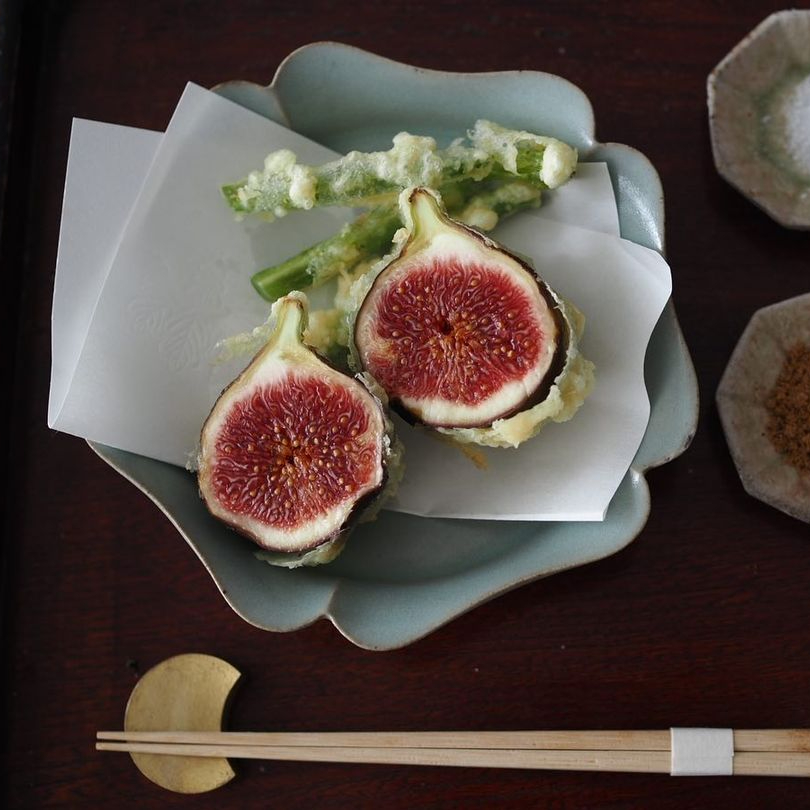
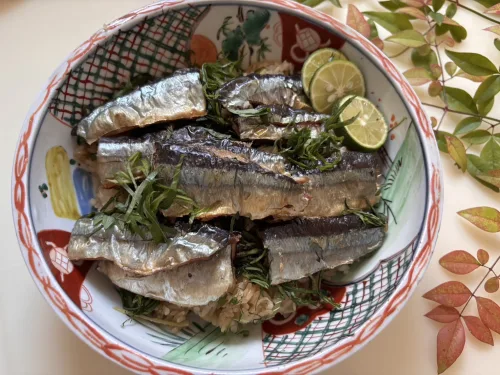
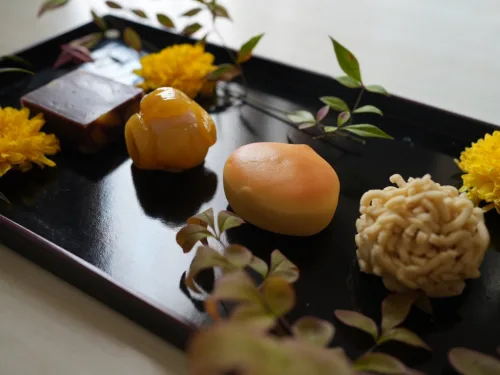

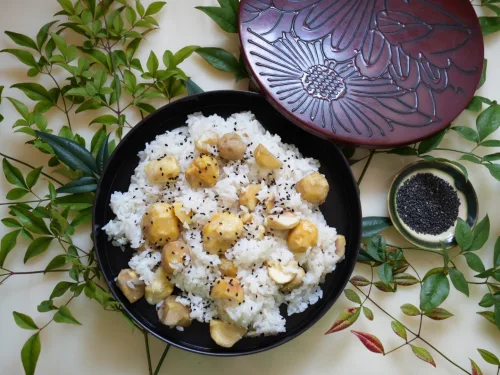
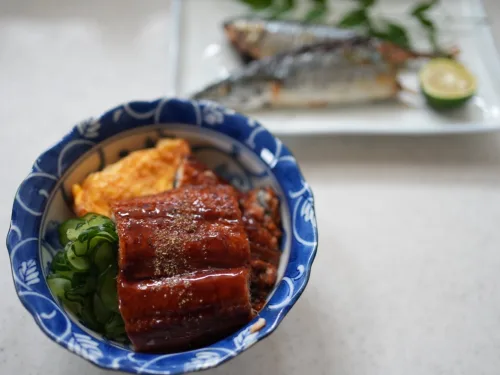

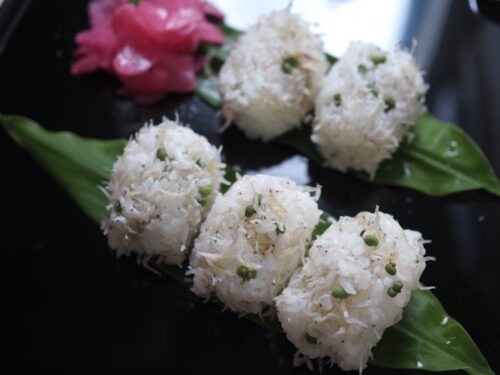
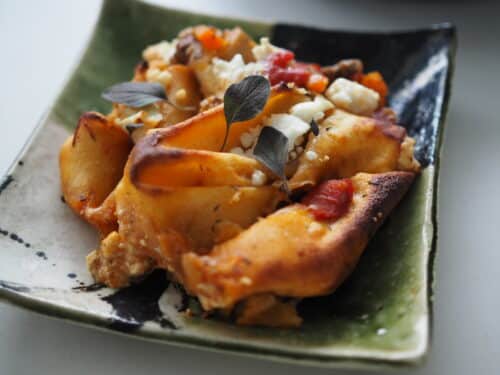

Comments